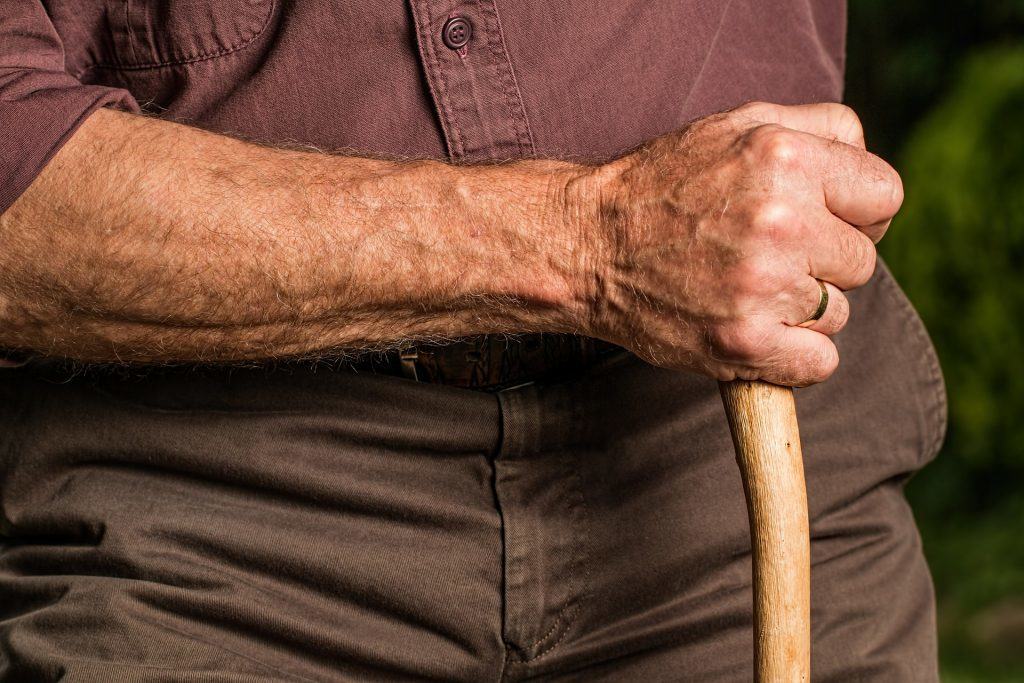What is De Quervain’s Tendonitis?

- What Are the Symptoms of De Quervain’s Tendonitis?
- What are Nonsurgical Treatments for De Quervain’s Tendonitis?
- What is a Surgical Treatment for De Quervain’s Tendonitis?
- What is Recovery Like Following De Quervain’s Tendonitis Surgery?
Making a fist. Turning a doorknob. Grabbing a book. When someone suffers from De Quervain’s Tendonitis everyday tasks like turning a wrist or grasping an object can become almost unbearable.
De Quervain’s tendonitis is a condition that affects tendons on the side of the wrist closest to the thumb. Tendons can be thought of as ropes and muscles are used to pull these ropes (tendons). The far end of the tendon is attached to a bone, and the tendon pulling on the bone results in finger motion. If you can see a straight line going toward your finger on the back of your hand you are looking at a tendon that straightens your finger.
The tendons of de Quervain’s cross the wrist on their way to the thumb by passing through a tunnel called the First Dorsal Compartment. These tendons can become inflamed in that tunnel causing varying levels of discomfort. At times the pain can be intense and debilitating. Often it is tight inside tunnel and there is pressure on those inflamed tendons. This pressure can make it difficult for the inflammation and pain to subside.
De Quervain’s can often be treated nonsurgically with the use of steroids to lower inflammation. Other anti-inflammatory medications and splints may be utilized to help treat the condition. If the nonsurgical methods fail to treat the condition, a hand surgeon can perform surgery to provide relief by opening the tunnel. Once the pressure is relieved the tendons will usually heal.
What Are the Symptoms of De Quervain’s Tendonitis?
De Quervain’s Tendonitis occurs when the tendons around the base of the thumb and side of the wrist become inflamed and painful. The discomfort is particularly noticeable when forming a fist or attempting to grip an object.
With almost any strenuous activity of the hand two tendons that cross the wrist on their way to the thumb are used. Typically the tendons move unrestricted through the “tunnel” that connects them to the thumb. The tendons can become inflamed in that tunnel from a variety of repetitive activities or trauma. The tendons can also become inflamed with no identifying cause. The inflammation causes pain that restricts use of the hand. Without treatment, the pain can limit activities and motion. The pain can radiate into the hand and up the forearm.
The symptoms of De Quervain’s Tendonitis include:
- Pain in the back of the thumb when making a fist, grasping objects or turning the wrist
- Swelling on the thumb side of the wrist
- Stiffness when moving the thumb or wrist
- A “catching,” “snapping” or “sticking” sensation when moving the thumb
What are Nonsurgical Treatments for De Quervain’s Tendonitis?
In order to eliminate pain, a hand surgeon will work with a patient to relieve the inflammation and swelling of the tendons. The physician may recommend that a patient wear a splint to rest the thumb and wrist.
Your hand surgeon may choose to inject steroids into the tendon sheath to help reduce swelling and relieve the inflammation. Anti-inflammatory medications, such as Advil or Motrin, may help reduce the inflammation and alleviate the pain as well. Occasionally the pain will go away on its own if a patient avoids activities that cause the inflammation.
Surgery may be the recommended treatment for pain relief when non-operative methods are not successful.
What is a Surgical Treatment for De Quervain’s Tendonitis?
When pain from De Quervain’s tendonitis persists and all conservative treatment methods have failed, it may be time to consider surgery.
During surgery, your hand surgeon will make an incision on the wrist and use precision instruments to open the tunnel that encases the tendons to create additional room for the irritated tendons. Once the tunnel is open the pressure on the tendons is relieved. Without constant pressure the inflammation can subside.
This is an outpatient procedure and patients typically return home in just a few hours. Once healed, full function of the hand can resume once comfort and strength levels have returned.
What is Recovery Like Following De Quervain’s Tendonitis Surgery?
The time to recover from De Quervain’s Tendonitiss surgery is about three to five weeks for most patients. Following surgery a dressing is left on the wrist until the sutures are removed. Patients may start using their thumb immediately and will gradually gain back their range of motion and strength over the several weeks. While simple activities begin almost immediately after surgery, strenuous activities can be uncomfortable for a few weeks.
Hand therapy exercises are often recommended to help facilitate a return of strength and range of motion. De Quervain’s release is a small surgery. Most patients regain their motion without needing physical therapy.
After recovering from surgery and successfully completing their rehabilitation plan the patient should be able to use their hand normally without pain. Once completely healed, patients should be able to return to all previous daily activities without any restrictions.


